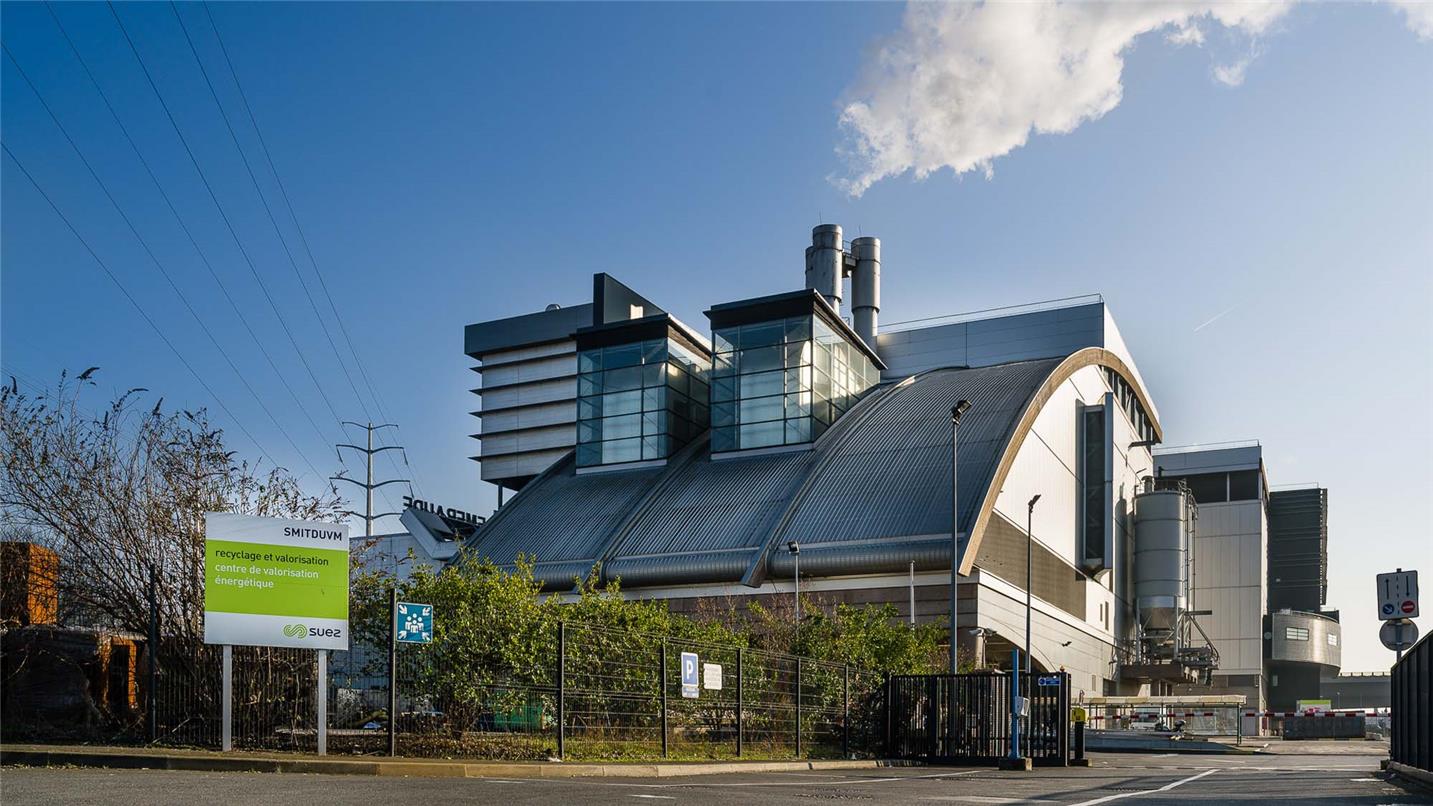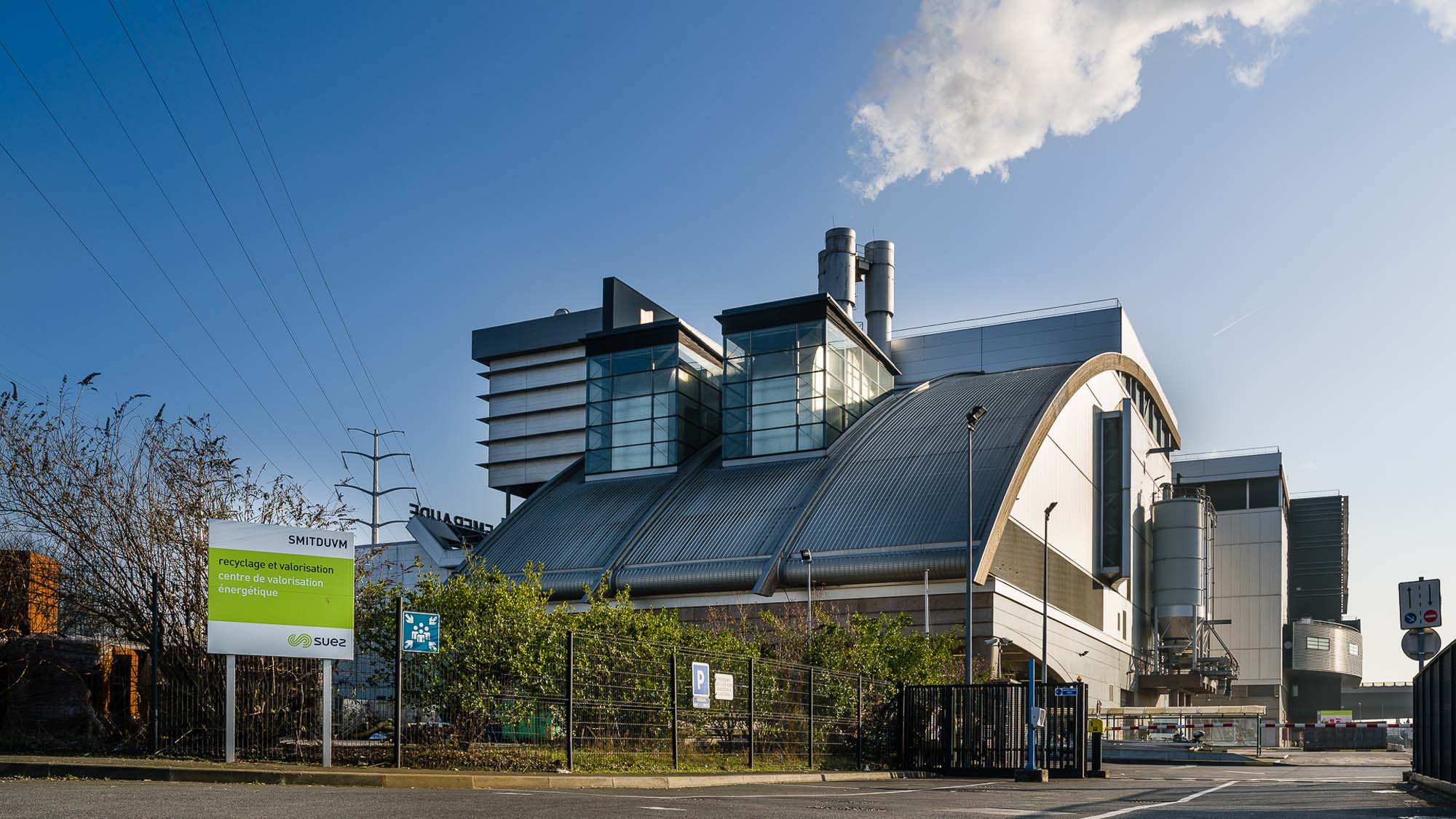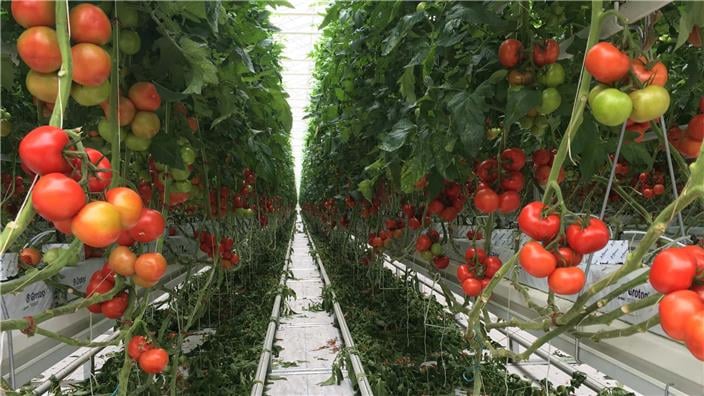Turning waste into energy for a circular and sustainable economy
Sustainable resource management and energy independence have become major priorities for territories. EfW plants play a crucial role in this dynamic by transforming waste into energy, thus contributing to a circular and sustainable economy.



